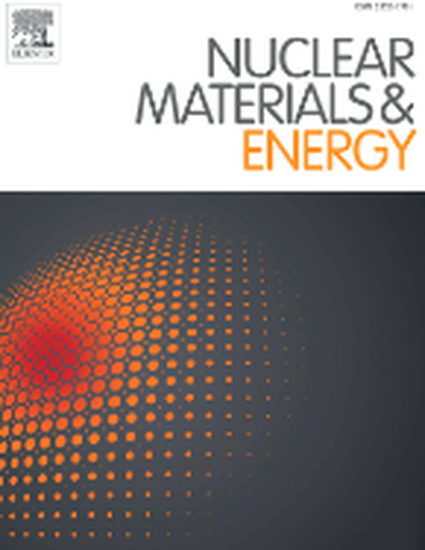
The effects of drifts and associated flows and currents on the width of the parallel heat flux channel (lambda(q)) in the tokamak scrape-offlayer (SOL) are analyzed using the SOLPS-ITER 2D fluid transport code. Motivation is supplied by Goldston's heuristic drift (HD) model for lambda(q), which yields the same approximately inverse poloidal magnetic field dependence seen in multi-machine regression. The analysis, focusing on a DIII-D H-mode discharge, reveals HD-like features, including comparable density and temperature fall-off lengths in the SOL, and up-down ion pressure asymmetry that allows net cross-separatrix ion magnetic drift flux to exceed net anomalous ion flux. In experimentally relevant high-recycling cases, scans of both toroidal and poloidal magnetic field (B-tor and B-pol) are conducted, showing minimal lambda(q) dependence on either component of the field. Insensitivity to B-tor is expected, and suggests that SOLPS-ITER is effectively capturing some aspects of HD physics. Absence of lambda(q) dependence on B-pol, however, is inconsistent with both the HD model and experimental results. The inconsistency is attributed to strong variation in the parallel Mach number, which violates one of the premises of the HD model.
Available at: http://works.bepress.com/s-mordijck/6/
